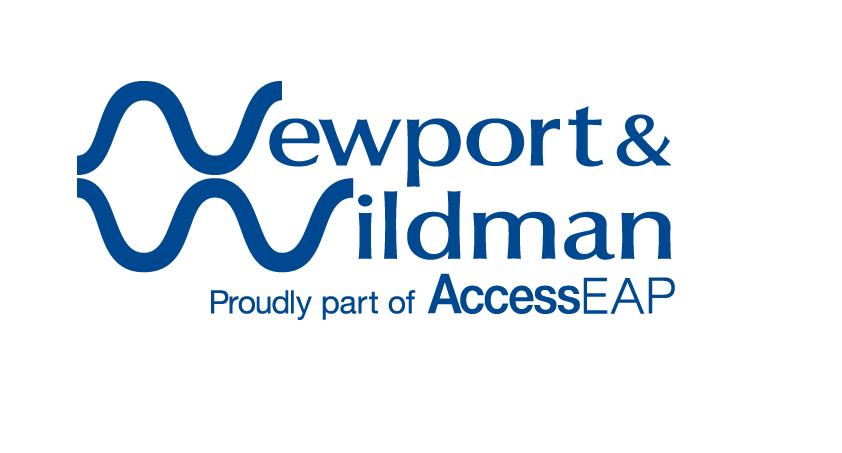Managing Diversity and Inclusion
The Australian workplace is changing at a rapid pace as we navigate towards global market trends and witness a significant spike in ethnic and gender diversity, along with a growing ageing workforce.
Our business leaders can no longer afford to overlook diversity and inclusion in the workplace. The challenge to organisations is the 'how to' effectively harness and embrace difference in a way that generates wide ranging solutions and boosts the wellbeing of staff. The current workforce is looking to their leaders to ensure all employees are considered when programs and opportunities are offered - that unique strengths and struggles are taken into consideration.
What do we mean by diversity and inclusion?
Diversity means all the ways we differ, all the ways we are unique. This includes, for example, cultural heritage, gender, sexuality, age, physical and mental ability. Some of these differences we are born with and cannot change. Inclusion puts the concept and practice of diversity into action by creating an environment of involvement, respect, and connection where the richness of ideas, backgrounds, and perspectives are harnessed to create business value. Organisations need both diversity and inclusion to be successful.
Businesses can maximise the productivity and efficiency of their diverse workforce through:
- Developing an understanding of employees and embracing difference
Seek first to understand before being understood - get to know what really makes your team tick. Ask respectful questions with the intention to better understand someone. Recognise and appreciate team members by knowing and using their full range of skills and talents and remove obstacles to their effective participation.
- Building cohesive teams through open communication
Recognising that we all have biases shaped through our own life experiences which affect our perception of others. As leaders, it is important to raise awareness of these biases to help build tolerance, understanding and acceptance amongst employees. Understand that we have to adapt our communication to meet individual team members' needs. Culture informs our communication - facilitate a respectful and curious discussion about this in your workplace.
- Providing opportunities and encouraging participation in training
Ensure that training is tailored to the needs of a diverse workforce and that both format and content is relevant. Ask team members for feedback. AccessEAP provides a suite of training that aims to promote diversity and inclusion, dignity and respect in the workplace through effective communication that assists to build effective teams. We also provide counselling and training support to manage conflict that may arise as a result of difference in the workplace.
- Promoting cultural knowledge and understanding through celebrations
Develop a cultural celebrations calendar and engage employees to organise events as a way to raise awareness and break down barriers. A Taste of Harmony is a great way to do this.
Generally speaking, patience, courtesy and a bit of curiosity go a long way. And, if you are unsure of any differences that may exist, simply ask team members. A workplace in which diversity is valued also gains the productivity benefits of retaining valuable staff and maintaining high staff morale. Ask your Relationship Manager about AccessEAP's Diversity and Inclusion training today.



